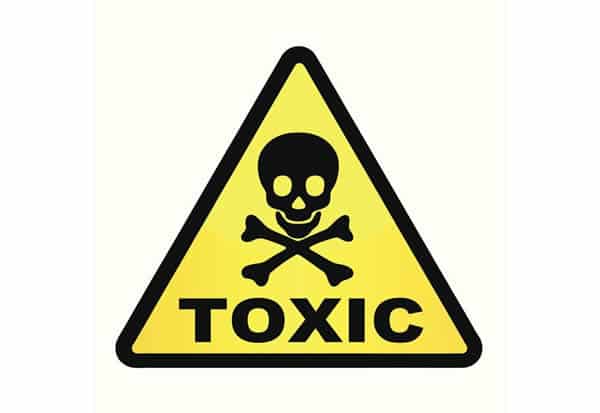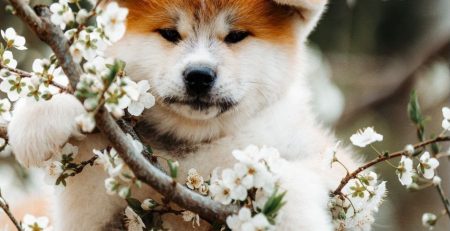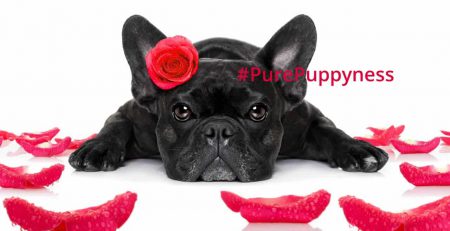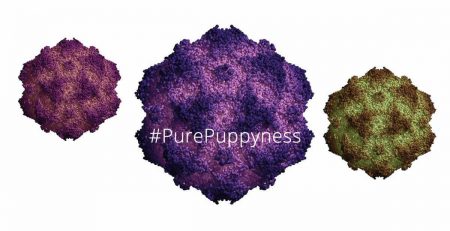Toxic Plants to Dogs, Poisonous Species Your Dog Should Not Taste
Trees, shrubs, plants, flowers: beautiful, aromatic, colourful. You can find plants both inside and outside the home. You probably know some of the poisonous, toxic plants to dogs in your area, but you may not know which species are dangerous or even deadly to your dog. Plenty of house, park, and garden plants can poison your pooch. Here are ten toxic plants for dog parents to watch out for:
Castor bean (Ricinus communis):

The red stems and broad leaves of this tall plant make it striking and attractive. It is often planted in gardens; however, you may not have realised exactly how poisonous it is. The seeds, which have a marbled appearance, contain Ricinin and Ricin. If ingested, these alkaloid poisons lead to vomiting, bloody diarrhoea, convulsions, organ failure, and death.
Calla Lily (Zantedeschia aethopica):

This beautiful white lily grows near streams and ponds, and smells fragrant. Although eating the Calla Lily will not kill your dog, you should still keep the flowers out of his or her reach, as this lily contains Calcium oxalate in its roots, as well as cyanogenic glycosides and alkaloids. A dog could easily dig up the roots and eat them by mistake. The lily’s poisons will irritate your dog’s skin, gums and eyelids, causing a swollen throat and leading to difficulty swallowning.
Foxgloves (Digitalis species):

Don’t be fooled by the cute name: these flowers have dark side. Foxgloves grow in forests and wastelands, though you can also get cultivated specimens in gardens. Despite their beautiful bell-like flowers, Foxgloves contain poisons known as Steroid glycosides in their leaves and seeds. Although these substances are often used in small amounts in medicine, accidentally ingesting them leads to abdominal pains, vomiting, cardiac failure or even death.
Mistletoe (Viscum album):
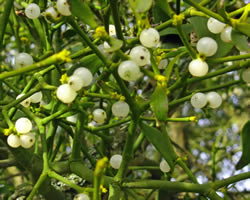
This European species mostly grows on oak trees, and is often used as a Christmas decoration, along with its American cousin Phoradendron flavescens. Mistletoe’s sticky white berries and its leaves contain Viscotoxin and Viscumin. Though mistletoe usually grows high above the ground, your dog could eat or lick the fallen leaves or berries – especially if you’re using it as a Christmas decoration in your home, as it’s possible for the berries and leaves to contaminate your dog’s food or water. Mistletoe has similar effects as the Castor Bean, but much milder, with symptoms such as loss of coordination and respiratory problems.
Deadly Nightshade (Atropa belladonna):

This plant’s Latin name means beautiful woman, as the Romans used this plant to make their pupils larger and more alluring. Today this plant serves a medicinal purpose, but you may stumble across it growning in the woods when walking your dog. If your dog accidentally eats the plant or berries, it will ingest Scopolamin, Hyoscyamin, and Atropin poison. These cause dry mouth, dilated pupils, rapid pulse and breathing, spasms, paralysis, and eventually death from respiratory failure.
Lily of the Valley (Convallaria majalis):

The delicate petals and tiny flowers of this garden plant mask its poisonous nature. Lily of the Valley contains cardiac glycosides in the leaves, flowers, and seeds. These poisons have similar effects to Foxglove poisons, such as abdominal pain, heart failure, or death. Lily of the Valley is especially dangerous because it can transfer its poisons to water, meaning that if kept in a vase, the vase water becomes poisonous.
Tulips (Tulipa species):
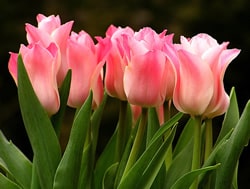
This is a popular garden plant usually associated with the Netherlands, though in the wild it grows in Eurasia and North Africa. Tulips contain allergenic lactones, which are particularly concentrated in the bulb. A digging dog can easily unearth the bulb and may chew or eat it. The lactones lead to irritation of the mouth and oesophagus. A poisoned dog may show symptoms such as drooling, vomiting, or diarrhoea. Large amounts of poison can lead to heart and breathing problems.
Oleander (Nerium oleander):
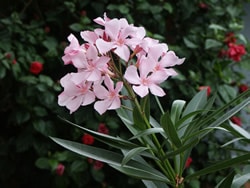
Evergreen, brightly coloured . . . and deadly poisonous. The entire plant contains the cardiac glycosides oleandrin and oleadrigenin. Eating oleander leaves or flowers can lead to sever vomiting, slow heart rate, and even death. Even licking the plant or drinking water that has contained an Oleander can lead to mild systems.
Buttercups (Ranunculaceae family):

Buttercups are hardy little flowers, and can grow in meadows, marshes, woods, and wastelands, to name just a few of their habitats. The brightly coloured flowers may seem harmless, and indeed the dried plants are harmless, but fresh buttercups contain Ranunculin glycosides: poisons which cause a variety of symptoms ranging from irritation of the gut and skin to vomiting, and dark diarrhoea, to inflamed kidneys, paralysis, and spasms.
Garden lupin (Lupinus polyphyllus):

A member of the pea family, the Garden Lupin is a popular and pretty garden flower, and also grows wild in woodland. However, Lupins can cause Lupinism and Mycotoxic lupinosis. Lupinism is due to the quinolizidine alkaloids in the plant, leading to falling, convulsions, and respiratory difficulty. Mycotoxic lupinism leads to liver disorders such as cirrhosis. An affected dog may be weak and lacking in appetite.

